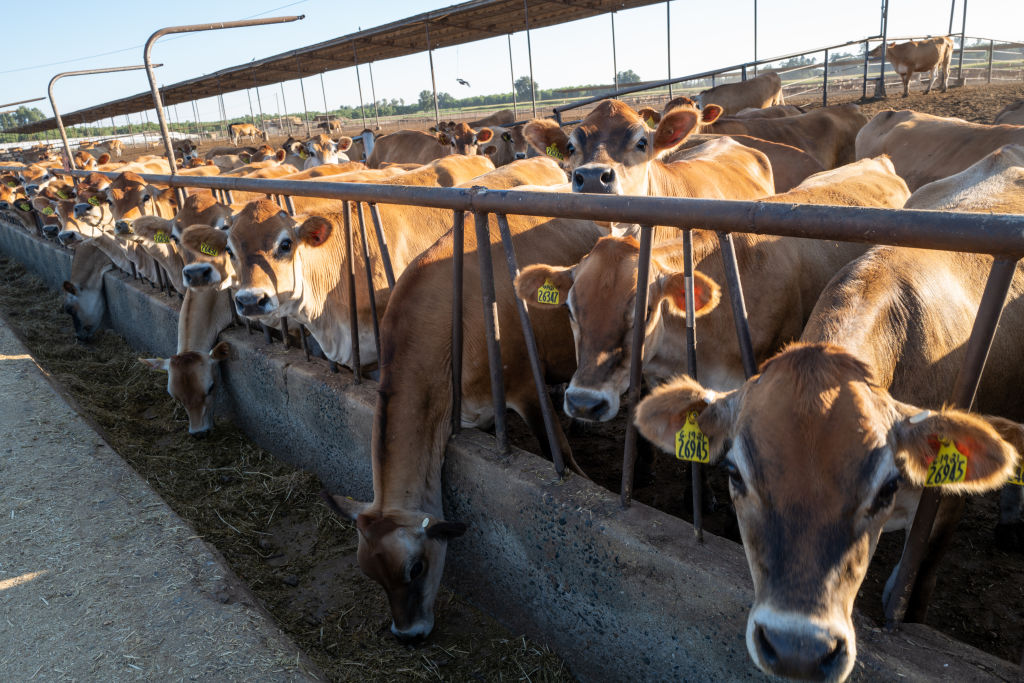A massive wildfire raging in the Canadian province of Alberta grew to 85,000 hectares (210,035 acres) and officials said Thursday they would like to move south about 25,000 evacuees who had previously fled north, including 8,000 by air.
More than 80,000 people have emptied Fort McMurray in the heart of Canada's oil sands, authorities said.
The Alberta government declared a province-wide fire ban in an effort to reduce the risk of more blazes in a province that is very hot and dry.
"It is a very rare step," Alberta Environment Minister Shannon Phillips said. Phillips called it an offense to ignore the ban and said it can lead to fines.
The government said more than 1,100 firefighters, 145 helicopters, 138 pieces of heavy equipment and 22 air tankers were fighting a total of 49 wildfires, with seven considered out of control. Chad Morrison with AB Wildfire, manager of wildfire prevention, said the blaze grew rapidly, fueled by gusting winds, and he expected the fire to continue to grow Thursday because of dry conditions but it will be away from the community.
The fire has torched 1,600 homes and other buildings in Fort McMurray. There have been no injuries or death from the fires. The province of Alberta declared a state of emergency.
Alberta Premier Rachel Notley said so rain is needed. She said she didn't know how much better the evacuation could have been when asked if ample warning was given to residents, noting that in 48 hours more than 80,000 people were evacuated from a town that essentially has two roads out of it.
U.S. & World
News from around the country and around the globe
Fort McMurray is surrounded by wilderness and is Canada's main oil sands town. Despite the size of the town and its importance to the Canadian economy, there are essentially only two ways out via car. The region has the third largest reserves of oil in the world behind Saudi Arabia and Venezuela.
Aided by high winds, scorching heat and low humidity, the fire grew from 75 square kilometers (29 square miles) Tuesday to 100 square kilometers (38.6 square miles) on Wednesday, but by Thursday it was almost nine times that — at 850 square kilometers (328.2 square miles).
The fire remained wrapped around the western and southern edges of the city.
About 25,000 evacuees moved north in the hours after Tuesday's evacuation, where oil sands work camps were being pressed into service to house people. But the bulk of the more than 80,000 evacuees fled south to Edmonton and elsewhere, and officials said they eventually would like to move everyone south where they have better support for the displaced. Officials are now trying to fly 8,000 evacuees out of the area starting Thursday afternoon and are hoping the highway becomes safe enough to move people that way.
"Our focus right now is on getting those people south as quickly as possible," Notley said.
Government officials said energy companies in the area were prepared to use their planes in an airlift and a military aircraft was on standby.
Unseasonably hot temperatures combined with dry conditions have transformed the boreal forest in much of Alberta into a tinder box. Morrison said they are investigating the cause of the fire but he said it started in a remote forested area and said it could have been lightning.
A combination of factors conspired to make this wildfire especially ferocious, said Bill Patzert, a climatologist at NASA's Jet Propulsion Laboratory in California. The El Nino global weather system brought Alberta a mild winter and low snowpack, he said. Patzert said the flames sparked at a time between the snowy season and before springtime rains that turn the landscape green, making the region especially vulnerable to wildfire.
The flames are moving so fast that they are nearly impossible to fight, he said.
"In a way, it's a perfect storm," Patzert said. "It's been warm, it's been dry and windy. It's the in-between period before you're in the full bloom of spring."
The fire is driving one of the largest evacuations in North America in recent memory, said Bill Stewart, co-director of the University of California's Center for Fire Research and Outreach at the University of California, Berkeley.
With few exceptions in the United States, an entire town hasn't been threatened on this scale for over 100 years, he said, noting rather that devastation has struck neighborhoods and smaller communities in California.
There is no stopping the advance of a fire such as the wind-driven flames in Alberta, which is spreading embers well beyond fire lines, Stewart said. He noted that the aggressive fire is also unusual for burning so early in the warm season and so far north.
"You could add five times the number of firefighters, but you can't get all the embers," he said. "There's no way to put out every ember flying over firefighters' heads."
Fort McMurray resident Fahed Labek, whose relatives from war-torn Syria recently migrated to northern Alberta as refugees, said his family has escaped one fire for another. Labek fled the encroaching wildfire two days ago with family members, who arrived in Canada in late February.
Labek, who made it to Edmonton after a harrowing journey, is concerned the refugees are enduring additional trauma after leaving the Middle East. But he said he's taking solace in the helpfulness of Canadians now assisting the tens of thousands of forest fire evacuees.
The fire has dealt a blow to the region's crude production, with companies curtailing production or stopping it altogether. Notley, the province premier, said the infrastructure for oil and gas production remains largely unaffected. What's slowing down production is that their employees are not there, she said.
The airport only suffered minor damage because of the "herculean'" efforts of firefighters, said Scott Long of the Alberta Emergency Management Agency. Firefighters have focused on protecting key infrastructure like the water treatment plant, the hospital and the airport.
Morrison said four air tankers from Quebec will arrive Thursday and 100 firefighters are arriving from Ontario.
Associated Press writer Rob Gillies in Toronto and Scott Smith in Fresno, California, contributed to this report.



